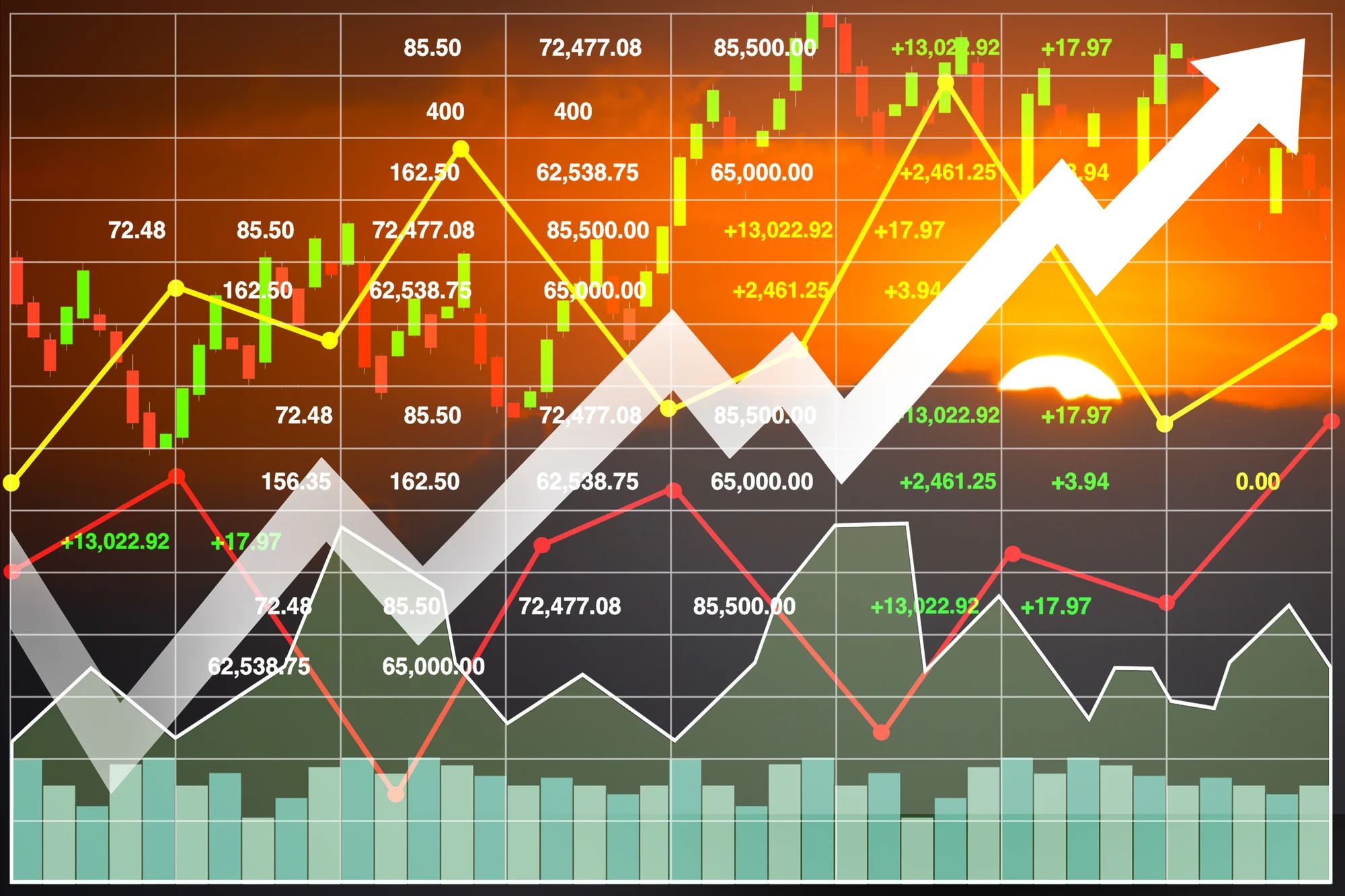
Making investment decisions including the Crypto ones is something anyone can easily do today
Navigating the financial waters of the business world is an intricate dance of strategy, knowledge, and foresight. Whether you’re just dipping your toes into the world of investing or you’re a seasoned pro, understanding the essential steps for making sound investment decisions is critical to success.
In today’s dynamic business environment, what worked yesterday might not cut it tomorrow; markets evolve, risks surface, and opportunities unfold. This article will break down the pivotal stages of investment decision-making to equip you with the tools you need to thrive in a competitive business landscape.
Understanding the Investment Environment
The starting point of any investment strategy is to comprehend the environment in which your capital will interplay. A comprehensive understanding of market trends and movements is fundamental. Recognizing shifts and emerging opportunities can be the difference between a good and a great investment.
Market Analysis and Trends
Before a dollar is spent, it’s essential to dissect market trends. What sectors are on the rise? What technologies are disrupting the norm? Which regions are becoming powerhouses? By keeping a finger on the pulse, investors can position themselves ahead of the curve and capitalize on potential growth. From Crypto fund investment solutions to renewable energy, understanding market trends is paramount. That way, when opportunities present themselves, investors can make informed decisions based on sound market analysis.
Risk Assessment and Management
Investment and risk are inextricably linked. To manage this risk, investors can employ various strategies, including diversification, hedging, and maintaining a cash buffer. Understanding different types of risk – market risk, credit risk, liquidity risk – will help to promote a balanced and proactive approach to risk management.
Research and Due Diligence
Comprehensive due diligence is the bedrock of any successful investment decision. This stage involves intensive research into the industry, as well as the specific companies or assets you’re considering.
Industry Analysis
An industry analysis allows you to gauge the structural health and growth prospects of a given sector. What are the driving forces behind profitability? Are there regulatory hurdles or geopolitical risks that need to be considered? This analysis paints the broader picture in which your investment operates.
Company Financials Evaluation
A deep dive into a company’s financials is critical in uncovering its fiscal health. Key ratios and trends can offer significant insights into the company’s profitability, liquidity, and solvency. The income statement, balance sheet, and cash flow statement will be your primary sources of information in this critical evaluation.
Competitive Landscape Assessment
In any investment decision, understanding a company’s position within its competitive landscape is paramount. How does it compare to its peers? What are its strengths and differentiators? Assessing the competitive dynamics helps to ascertain a company’s sustainability and growth potential.
Setting Investment Goals and Criteria
Before plunging into any investment, one must have crystal-clear objectives. Investment goals and criteria act as the guiding light, shaping the path investors take and the choices they make.
Establishing Clear Objectives
Do you seek capital appreciation, income generation, or a balance of both? Are your investment horizons short-term, long-term, or somewhere in between? These objectives will define your investment strategy and shape the subsequent investment decisions.
Defining Risk Tolerance and Return Expectations
Understanding your risk tolerance is a personal and critical aspect of investment. It’s the balance between ambition and security. Knowing how much risk you can withstand will guide your investment choices. Similarly, setting realistic return expectations aligned with your goals and risk tolerance is crucial to avoid setting yourself up for disappointment or reckless decision-making.
Decision-Making Process
Once the groundwork of research and goal-setting is laid, it’s time to make the all-important investment decision. This is the stage where calculated analysis meets intuition and experience.
Utilizing Financial Models and Tools
Financial models and analytical tools can help to quantify potential outcomes and assess various investment scenarios. Tools like discounted cash flow (DCF), net present value (NPV), and internal rate of return (IRR) can assist in evaluating the viability of an investment.
Consultation with Experts or Advisors
Seeking the advice of industry professionals or financial advisors can provide invaluable perspectives. Their expertise can help you avoid blind spots and consider different angles. Such consultations can add layers of robustness to your decision-making process.
Implementing a Structured Decision Framework
Employing a structured decision-making framework, like the SWOT analysis (Strengths, Weaknesses, Opportunities, Threats), can help to organize thoughts and methodically evaluate the investment’s viability based on a variety of factors.
Monitoring and Adjusting Investments
The work doesn’t end when the investment is made; in fact, it’s only just begun. Vigilant monitoring is necessary to ensure investments remain in line with objectives and market conditions.
Tracking Performance Metrics
Regularly tracking performance metrics such as return on investment (ROI), earnings per share (EPS), and market share can offer insights into the investment’s performance and help identify trends early on.
Reacting to Market Changes
Markets are in constant flux. Being able to react swiftly and appropriately to these changes is key. Whether it’s a sudden market crash, unexpected company news, or an industry-disrupting innovation, adaptability is crucial for successful investment decision-making.
Rebalancing Portfolio as Needed
Maintaining a balanced and diversified portfolio is a long-standing investment principle. As market circumstances change, some assets may become overvalued or undervalued, necessitating a strategic rebalancing of the portfolio to safeguard and enhance its performance.

In the investment realm, knowledge, strategy, and foresight reign supreme. The steps outlined above form a robust framework for making informed investment decisions that can lead to sustainable growth and wealth accumulation. In today’s business world, adaptability is as important as analysis. By mastering these steps and marrying them with a dynamic approach to changes in the market, you set yourself on a path not just to invest, but to invest wisely.
Was this news helpful?







 Yes, great stuff!
Yes, great stuff! I’m not sure
I’m not sure No, doesn’t relate
No, doesn’t relate



